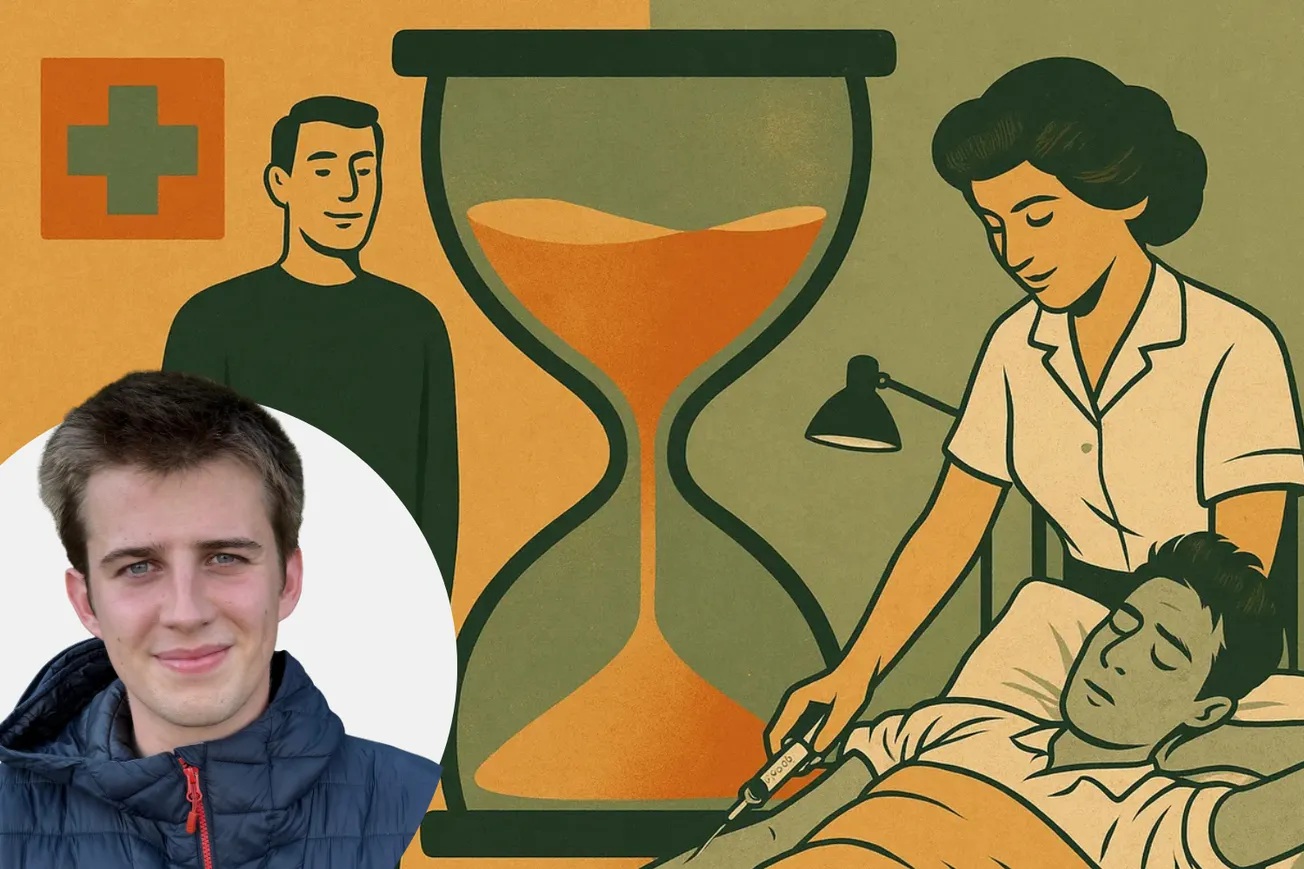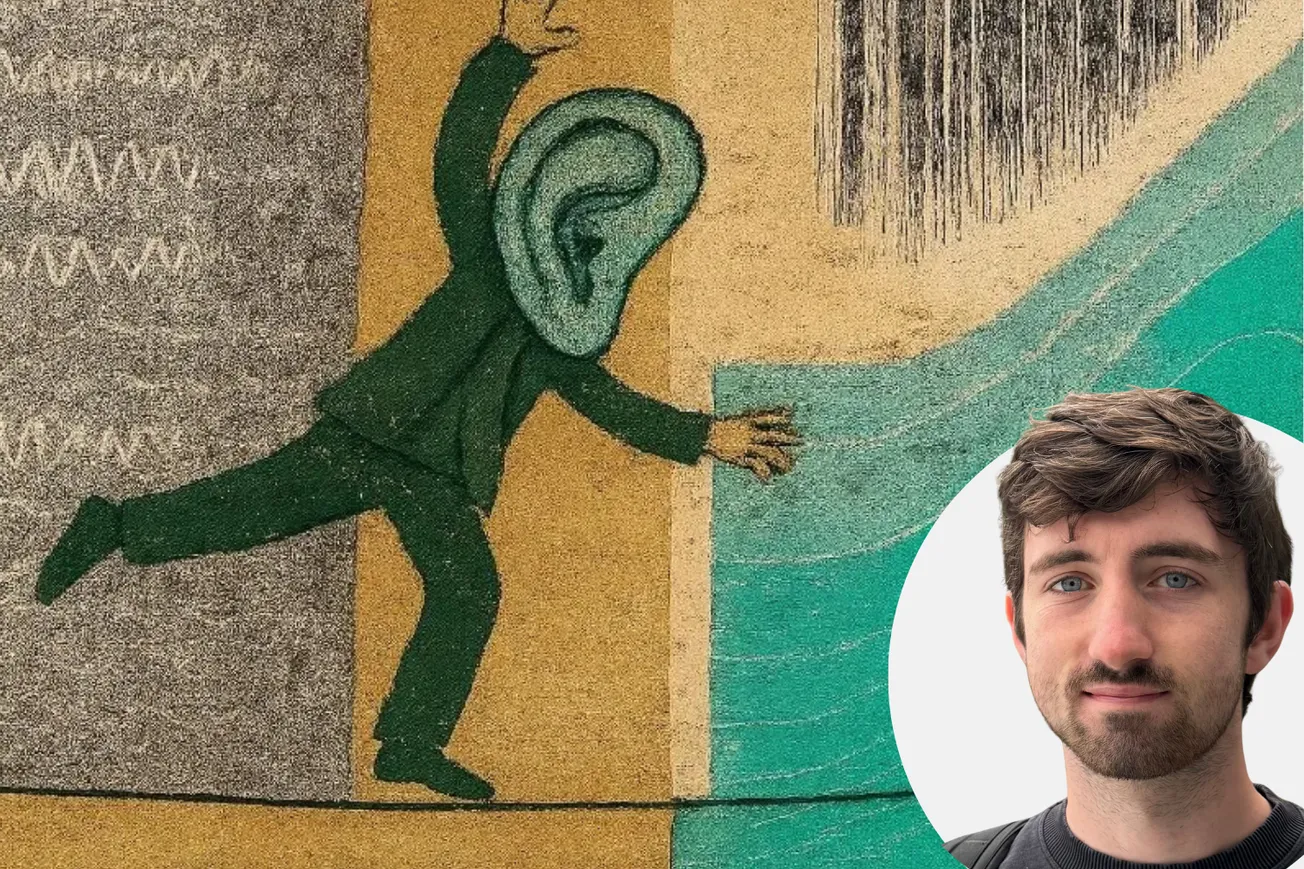Table of Contents
Numbers define twenty-first-century healthcare. A creatinine above 110 μmol/L triggers renal referrals; an oxygen saturation below 94% prompts emergency admission. Yet behind every threshold sits a person whose story is flattened to a binary result. When symptoms loom large but the laboratory print-out is “normal”, they enter the borderland of sub-clinical illness, a space where medicine’s reverence for metrics collides with the messy reality of human suffering.
In that borderland, diagnostic delay, psychological harm, and economic waste accumulate quietly and predictably.
The Human Cost of Thresholds
Myalgic encephalomyelitis/chronic fatigue syndrome (ME/CFS) reveals the first crack. Before the 2021 NICE guideline, many patients waited years because they had not ticked enough boxes; the new standard explicitly warns clinicians to diagnose on clinical suspicion rather than lab confirmation, an implicit admission that threshold thinking was the obstacle all along [NICE, 2021].
A similar arithmetic governs thyroid disease: sub-clinical hypothyroidism affects up to one in five older adults, yet patients reporting lethargy, weight change, or cognitive fog are regularly reassured that a mildly raised thyroid-stimulating hormone “doesn’t mean anything”. The Lancet’s most recent review calls that stance misplaced, noting tangible cardiovascular and neuropsychiatric risks well before overt disease emerges [Taylor et al., 2024].
When biology rather than biography dictates truth, people whose illness is biochemical “noise” are left without treatment or validation.
Long COVID shows how swiftly a grey zone can become a public health emergency. A 2025 systematic review of prospective cohorts found that more than half of survivors experienced at least one disabling symptom two years after infection, with fatigue, dyspnoea, and cognitive dysfunction leading the list [Kadry Taher et al., 2025].
Early in the pandemic, thousands were dismissed because their PCR results were negative or their chest radiographs clear. Only after longitudinal data accumulated did policymakers accept that absence of measurable pathology does not equal absence of disease.

Sub-clinical illness is costly far beyond the clinic. Persistent physical symptoms account for up to half of primary care appointments, yet they remain under-researched and under-funded.
SourceGynaecology offers an even starker lesson. Endometriosis afflicts 1.5 million people in the UK and costs the economy £8.2 billion each year, yet the average diagnostic journey now stretches to eight years and ten months [Endometriosis UK, 2024; Endometriosis UK, 2025].
Imaging often misses peritoneal lesions; laparoscopy, the definitive test, is rationed. Patients cycle through general practice, emergency departments, and mental health services because the pain has “no objective correlate”. Their situation shows how threshold medicine does not merely overlook illness – it manufactures it, converting treatable pathology into chronic, system-induced disability.
Neurodivergent populations occupy a double blind. Diagnostic overshadowing, where new symptoms are attributed to an existing condition, remains rife despite recent quality improvement calls [Bradford et al., 2024]. An autistic adult presenting with palpitations may be labelled anxious rather than checked for an arrhythmia; a student with ADHD complaining of insomnia is offered sleep hygiene leaflets while coexisting hyperthyroidism smoulders.
Such errors are amplified in digital triage systems: a 2024 multimethod study of remote primary care encounters found that algorithmic pathways often miss contextual red flags and magnify clinician bias, leading to documented harm and, in extreme cases, death [Payne et al., 2024].
The technology that promises efficiency therefore risks hard coding the very inequalities it was meant to solve.
Sub-clinical illness is costly far beyond the clinic. Persistent physical symptoms account for up to half of primary care appointments, yet they remain under-researched and under-funded [Löwe et al., 2024]. Patients who feel unheard turn to private testing, alternative medicine, or crowdsourced advice. Trust erodes, fragmented consultations accumulate, and diagnostic cascades consume scarce resources. Infectious disease provides the most unsettling example.
Recent modelling in India suggests that more than half of bacteriologically positive tuberculosis cases are asymptomatic, silently fuelling transmission outside conventional screening programmes [Mandal et al., 2025]. When thresholds decide case finding, the public health ledger does not balance; unseen illness becomes a reservoir, not a rounding error.
Re-framing Diagnostics
How, then, might medicine escape its self-made gridlines? First, reference intervals should be dynamic and specific to age, sex, and ethnicity, and accompanied by symptom-weighted risk scores.
Second, patient-reported outcome measures must be embedded in electronic records with equal visual prominence to numerical data, ensuring that experiential evidence is impossible to ignore.
Third, multidisciplinary “grey zone” clinics, already successful for chronic fatigue and pelvic pain, should be commissioned nationally to capture patients who fall between speciality silos.
Fourth, undergraduate and continuing education must include formal teaching on cognitive bias, uncertainty tolerance, and the moral duty to act before certainty arrives.
Finally, guideline development should be co-produced with those who have lived the diagnostic limbo – the re-writing of ME/CFS recommendations proves that when patients sit at a table, thresholds move closer to real life.
The Lancet Commission on diagnostics warns of an “epistemic shrinkage” in which the measurable displaces the meaningful [Fleming et al., 2021]. That shrinkage is not inevitable. Thresholds are indispensable for triage, but they are tools, not truths. A profession that mistakes the map for the terrain will continue to let patients deteriorate just outside its numerical borders.
The task is neither to abandon evidence nor to romanticise anecdote; it is to weave them together so that no one must first become objectively ill to be taken seriously. In doing so, we can replace the question “Are you sick enough?” with a better one: “Have we listened carefully enough?”
References
Bradford, A., Meyer, A.N.D., Khan, S., Giardina, T.D. and Singh, H., 2024. Diagnostic error in mental health: a review. BMJ Quality & Safety, 33(10), pp.663–672. https://doi.org/10.1136/bmjqs-2023-016996
Endometriosis UK, 2024. “Dismissed, ignored and belittled”: The long road to endometriosis diagnosis in the UK [Diagnosis Report 2024]. London: Endometriosis UK. Available at: https://www.endometriosis-uk.org/sites/default/files/2024-03/Endometriosis UK diagnosis survey 2023 report March.pdf
Endometriosis UK, 2025. Endometriosis facts and figures. Available at: https://www.endometriosis-uk.org/endometriosis-facts-and-figures
Fleming, K.A., Horton, S., Wilson, M.L., Atun, R., Braunstein, J.B. et al., 2021. The Lancet Commission on diagnostics: transforming access to diagnostics. The Lancet, 398(10315), pp.1997–2050. https://doi.org/10.1016/S0140-6736(21)00673-5
Kadry Taher, M., Salzman, T., Banal, A., Morissette, K., Domingo, F.R. et al., 2025. Global prevalence of post-COVID-19 condition: a systematic review and meta-analysis of prospective evidence. Health Promotion and Chronic Disease Prevention in Canada, 45(3), pp.112–138. https://doi.org/10.24095/hpcdp.45.3.02
Löwe, B., Toussaint, A., Rosmalen, J.G.M., Huang, W.L., Burton, C. et al., 2024. Persistent physical symptoms: definition, genesis, and management. The Lancet, 403(10444), pp.2649–2662. https://doi.org/10.1016/S0140-6736(24)00623-8
Mandal, S., Toshniwal, M., Arinaminpathy, N., Rade, K., Dewan, P., Rao, R. and Singh, U.B., 2025. The potential of community-based radiographic screening to end TB in India. PLOS Global Public Health, 5(6), e0004716. https://doi.org/10.1371/journal.pgph.0004716
National Institute for Health and Care Excellence (NICE), 2021. Myalgic encephalomyelitis (or encephalopathy)/chronic fatigue syndrome: diagnosis and management (NICE guideline NG206). London: NICE. Available at: https://www.nice.org.uk/guidance/ng206
Payne, R., Clarke, A., Swann, N., van Dael, J., Brenman, N. et al., 2024. Patient safety in remote primary care encounters: multimethod qualitative study combining Safety I and Safety II analysis. BMJ Quality & Safety, 33(9), pp.573–586. https://doi.org/10.1136/bmjqs-2023-016674
Taylor, P.N., Medici, M.M., Hubalewska-Dydejczyk, A. and Boelaert, K., 2024. Hypothyroidism. The Lancet, 404(10460), pp.1347–1364. https://doi.org/10.1016/S0140-6736(24)01614-3
Author: Leyla Nasari lives in the U.K. and is a second-year medical student (MBBS) at Imperial College London. She holds a BSc (Hons) in Biomedical Science from King's College London.






